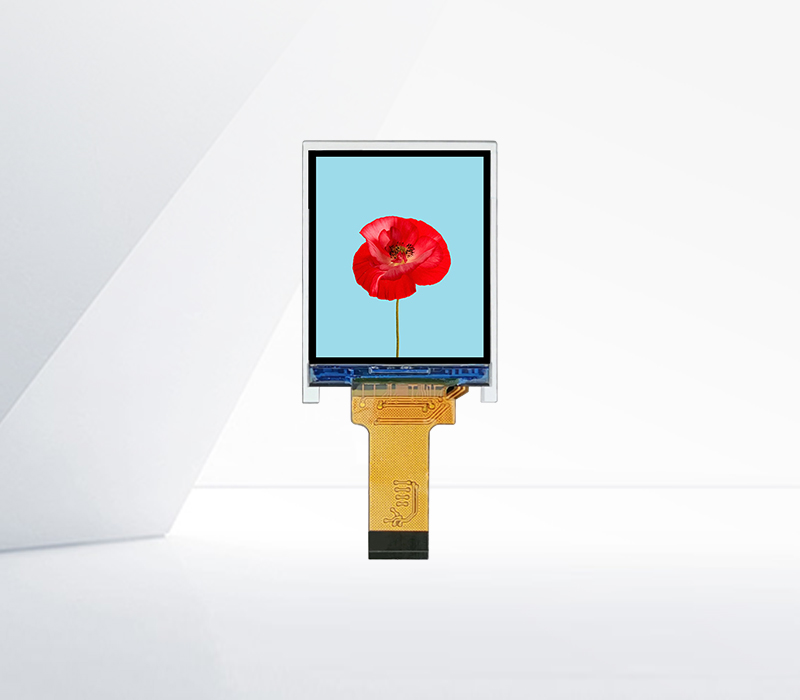




LCD low - heat - emission displays are becoming increasingly popular due to their numerous advantages. Heat emission is an important factor to consider in electronic devices, especially in displays. Excessive heat can lead to several problems, both in terms of performance and longevity.
In an LCD low - heat - emission display, the design and components are optimized to minimize heat generation. One of the main sources of heat in LCDs is the backlight. Traditional backlights, such as cold - cathode fluorescent lamps (CCFLs), tend to generate a relatively large amount of heat. However, modern LCDs often use LED (Light - Emitting Diode) backlights, which are more energy - efficient and produce less heat. LED backlights convert electrical energy into light more efficiently, reducing the amount of energy dissipated as heat.
The low - heat - emission characteristic has several benefits. Firstly, it improves the reliability of the display. High temperatures can cause components to degrade over time. For example, the liquid crystal material in an LCD panel can be affected by heat, leading to a decrease in image quality or even permanent damage. By reducing heat emission, the lifespan of the LCD panel and other components can be extended.
Secondly, it enhances user comfort. When a display emits less heat, the surrounding area remains cooler. This is especially important for users who spend long hours in front of a display, such as office workers or gamers. A cooler display reduces the discomfort caused by the heat radiating from the device, making the viewing experience more pleasant.
Furthermore, in multi - display setups or in enclosed spaces, low - heat - emission LCDs are highly desirable. In a control room with multiple displays, for example, if each display emits a large amount of heat, it can raise the overall temperature of the room, which may require additional cooling systems. Using low - heat - emission LCDs can help to reduce the load on the cooling infrastructure, saving energy and costs.
Finally, from an environmental perspective, low - heat - emission LCDs are more energy - efficient. Since less energy is wasted as heat, they consume less power overall. This not only reduces the carbon footprint of the display but also contributes to lower electricity bills for the users.
